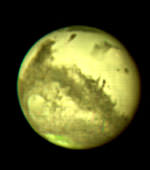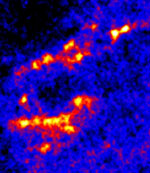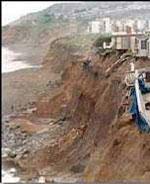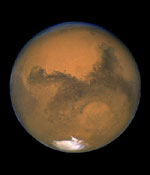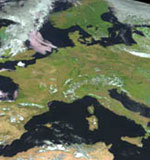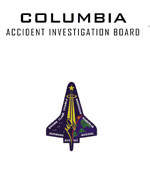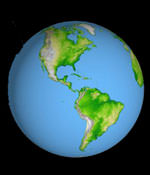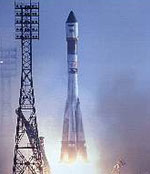
Image credit: RSA
An unmanned Progress 12 supply ship launched from the Baikonur Cosmodrome in Kazakhstan to deliver a new cargo of 2.7 tonnes of food, fuel and water to the International Space Station. The Progress lifted off at 0148 GMT Friday (9:48 pm EDT Thursday) and reached orbit 10 minutes later. The station’s previous Progress, filled with trash, was undocked to make room for the new cargo ship and commanded to re-enter the Earth’s atmosphere and burn up.
An unmanned Russian Progress vehicle successfully blasted off from the Baikonur Cosmodrome in Kazakhstan tonight to deliver almost three tons of food, fuel, water, and supplies to the residents of the International Space Station.
The Progress 12 craft lifted off right on time from its Central Asian launch pad at 8:48 p.m. CDT (148 GMT Aug. 29) as the ISS sailed over the south Atlantic Ocean east of South America at an altitude of 240 statute miles. Less than 10 minutes later, the Progress settled into its preliminary orbit and its solar arrays and navigational antennas were successfully deployed.
Aboard the ISS, Expedition 7 Commander Yuri Malenchenko and NASA ISS Science Officer Ed Lu were already in their sleep period as the Progress climbed to orbit.
The new Progress is scheduled to dock to the aft port of the Zvezda Service Module on Saturday night at 10:45 p.m. CDT (345 GMT Aug. 31). Another Progress ship that arrived at the ISS in February filled with discarded items and trash was undocked yesterday and commanded to deorbit, burning up in the Earth?s atmosphere.
Progress 12 is loaded with supplies for Malenchenko and Lu and science gear for European Space Agency astronaut Pedro Duque of Spain, who is set to launch October 18 from Baikonur on the Soyuz TMA-3 craft with Expedition 8 Commander Mike Foale and Expedition 8 Soyuz Commander and Flight Engineer Alexander Kaleri. Duque will spend eight days aboard the ISS conducting science experiments under a commercial contract between ESA and the Russian Aviation and Space Agency. Duque will return to Earth on Oct. 28 with Malenchenko and Lu.
Among the supplies aboard the Progress is a satellite phone and Global Positioning System locator hardware which Malenchenko, Lu and Duque would use in the unlikely event they land off-course, as did the Expedition Six crew back in May.
The new Progress also carries personal items and hardware for Foale and Kaleri, who are scheduled to spend almost 200 days aboard the ISS.
Another Progress vehicle currently docked to the Pirs Docking Compartment will undock from the ISS on September 4 to clear the way for the arrival of Foale, Kaleri and Duque in the Soyuz TMA-3 on October 20.
Information on the crew’s continuing activities on the Space Station, future launch dates and Station sighting opportunities from anywhere on Earth is available at:
http://spaceflight.nasa.gov/
Details on Station science operations can be found on an Internet site administered by the Payload Operations Center at NASA’s Marshall Space Flight Center in Huntsville, Ala., at:
http://scipoc.msfc.nasa.gov/
The next ISS status report will be issued on Saturday, August 30 following the Progress 12 docking, or sooner if events warrant.
Original Source: NASA Status Report

